Face Lift, Neck Lift and Brow Lift
1. Brow Lift:
-
Temporal Lift: This technique involves superficial dissection to the deep temporal fascia, repositioning the brow using sutures along a superior lateral vector. It is effective for addressing moderate brow descent and can be combined with other procedures like upper blepharoplasty for enhanced results.
-
Direct Brow Lift: Involves removing a strip of skin above the eyebrows, directly elevating the brow position and correcting aesthetic concerns related to brow descent. It is suitable for patients with more severe brow ptosis.
-
Temporal Lift: Ideal for patients with mild to moderate brow descent who seek subtle yet effective rejuvenation of the upper face.
-
Direct Brow Lift: Recommended for patients with significant brow ptosis or those desiring a more dramatic improvement in brow position.
2. Face Lift:
-
SMAS Face Lift: This technique entails extensive dissection of the skin and SMAS (superficial musculoaponeurotic system), followed by repositioning and tightening to address mid-face sagging, jowls, and neck laxity. The SMAS technique provides long-lasting results and is versatile for correcting multiple signs of aging simultaneously.
-
Deep Plane (Sub-SMAS) Face Lift: Involves dissecting deeper layers of the face, allowing for significant repositioning of tissues, particularly beneficial for lifting the cheek and mid-face regions. It preserves facial nerves and blood supply, contributing to natural-looking outcomes with improved longevity.
When to Choose:
-
SMAS Face Lift: Recommended for patients in their mid-40s to 50s with moderate to severe facial aging, including noticeable jowling and neck laxity.
-
Deep Plane Face Lift: Suitable for patients seeking enhanced mid-face and cheek rejuvenation with longer-lasting results, often preferred for those with substantial facial sagging and volume loss.
3. Neck Lift:
-
Platysmaplasty: This surgical technique tightens the platysma muscle to correct bands and improve neck contour. It may be performed using various approaches, including direct excision of excess skin and fat, to achieve a smoother neck profile.
-
Submental Approach: Involves an incision under the chin to tighten the platysma and address submental fat and excess skin, enhancing neck contour. It is effective for patients with mild to moderate neck laxity and minimal skin excess.
When to Choose:
-
Platysmaplasty: Ideal for patients with prominent muscle bands and moderate skin laxity in the neck area.
-
Submental Approach: Suitable for patients with excess fat and minimal skin laxity under the chin, focusing on improving neck definition and contour.
Optimal Age and Technique Selection
Determining the right age to undergo a face lift involves considering both aesthetic goals and anatomical changes. While chronological age plays a role, the key consideration is when a person begins to feel a disconnect between their appearance and their self-perception. Ethically, surgeons also weigh in on the appropriateness of surgery based on the patient's age and expectations.
Studies suggest that undergoing surgery around the age of 45 to 50 can yield subtle yet effective results. At this stage, the changes are often less conspicuous, allowing patients to maintain a natural appearance while enjoying longer-lasting outcomes. Younger patients may benefit from surgeries targeting specific areas like the brow or eyelids, whereas comprehensive face and neck lifts are more suitable for older individuals seeking broader rejuvenation.
-
SMAS Face Lift for Longevity: For patients in their mid-40s to 50s experiencing moderate to severe signs of facial aging, an SMAS face lift offers comprehensive correction with long-lasting results. This technique addresses deeper tissue layers, providing structural support and repositioning for a natural-looking outcome.
-
Brow and Neck Lifts for Specific Concerns: Younger patients with isolated concerns, such as brow ptosis or early signs of neck laxity, may opt for targeted procedures like brow lifts or neck lifts. These procedures can delay the need for more extensive facial surgery while addressing specific aesthetic concerns effectively.
Perhaps the most common question posed during consultations pertains to how long the effects of a facelift will last. Contrary to misconceptions, a well-performed facelift does not halt the aging process but rather sets the clock back several years. The durability of results depends on various factors, including skin quality, underlying bone structure, lifestyle habits, and the surgical technique employed.
Research findings indicate that patients can expect stable and satisfactory results up to 10 years post-surgery, with a gradual decline in perfection over subsequent decades. Patients who maintained healthy lifestyles and adhered to postoperative care protocols reported higher satisfaction levels even after two decades, highlighting the importance of holistic care beyond the operating room.
.png)
.png)
Surgical wound after Face lift Surgical wound after Face & Neck lift
.png)
.png)
.png)
.png)
.png)
.png)
.png)
.png)
.png)
.png)
.png)
.png)
.png)
.png)
.png)
.png)
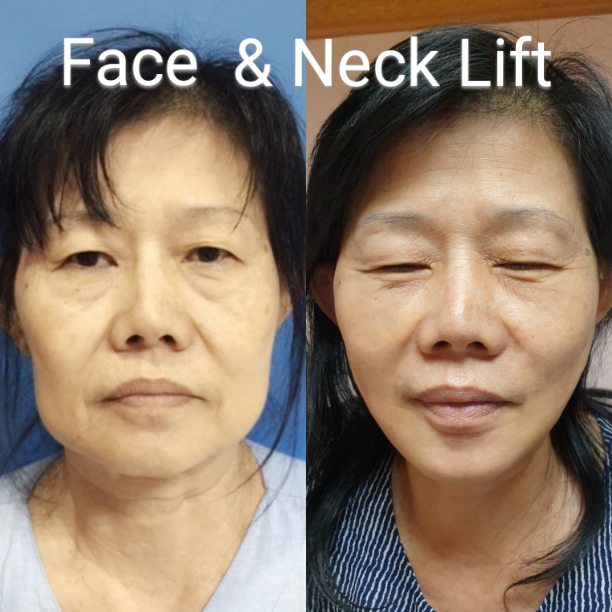
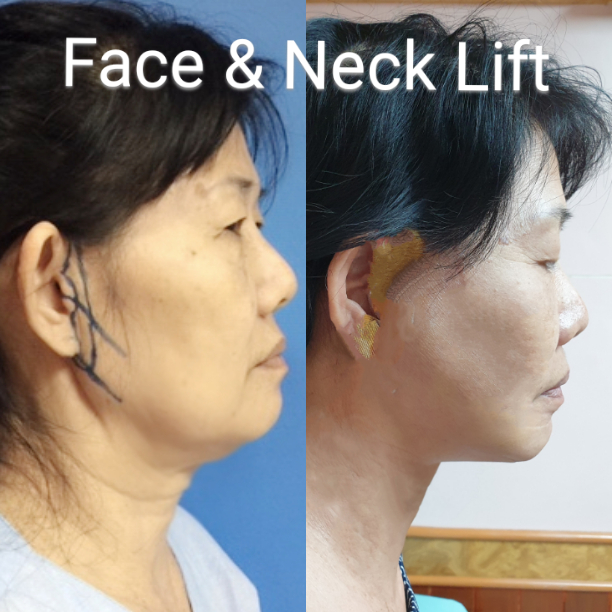
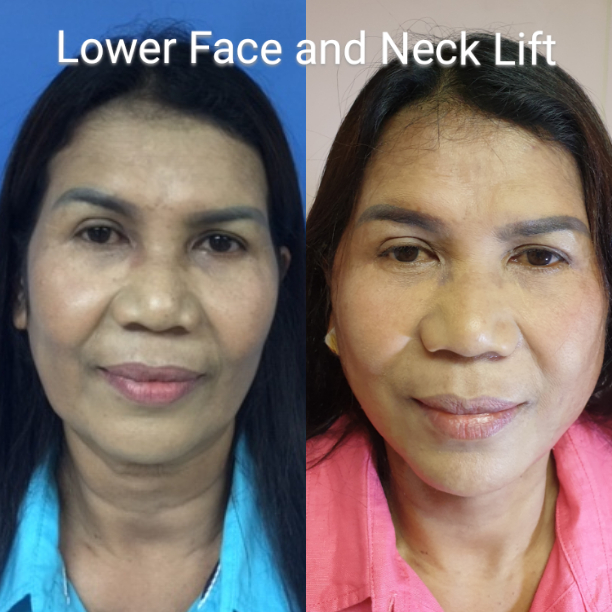
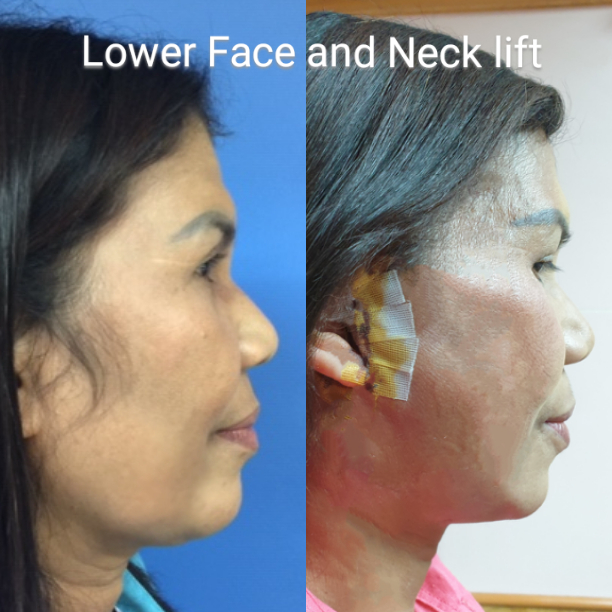
.png)
.png)
.png)
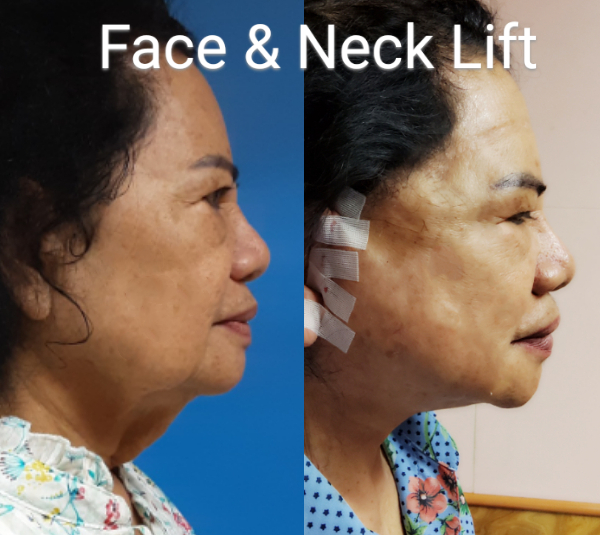
.png)
.png)
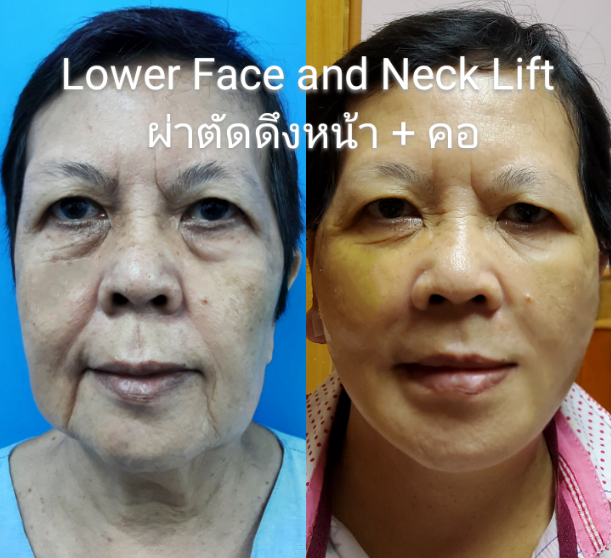
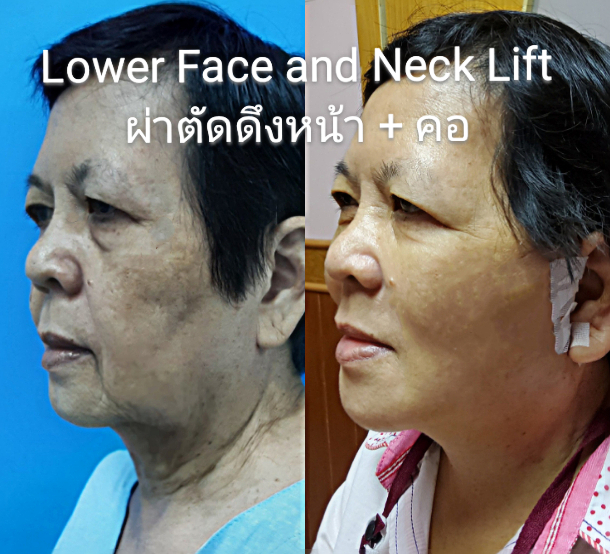
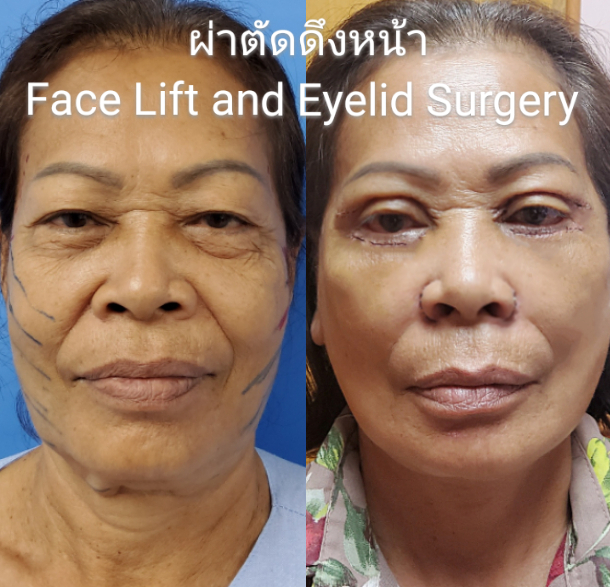
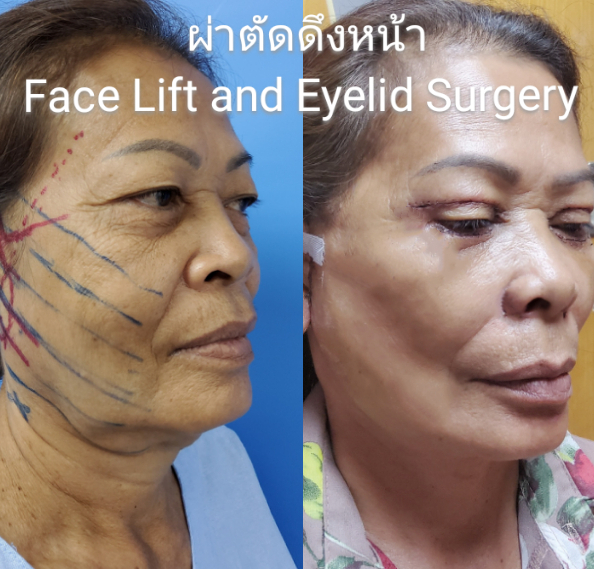
.png)
.png)
.png)
.png)
.png)
.png)
.png)
.png)
.png)
.png)
.png)
.png)
.png)
.png)
.png)
.png)
.png)
.png)
.png)
.png)
.png)
.png)
.png)
.png)
Temporal Eyebrow Lift
.png)
.png)
.png)
.png)
.png)
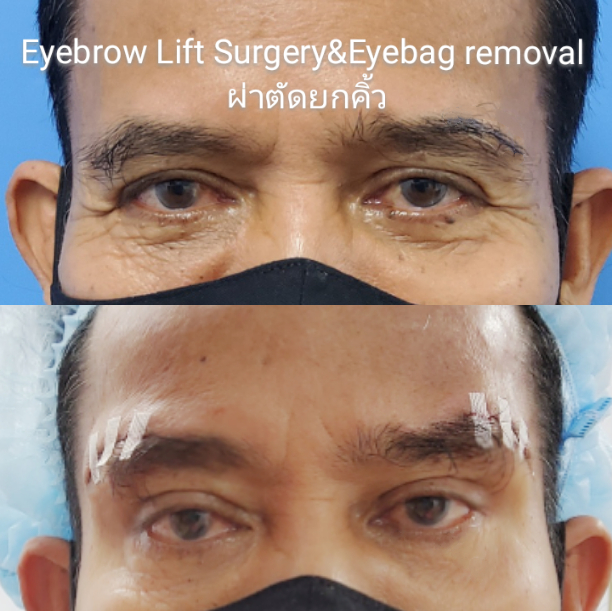
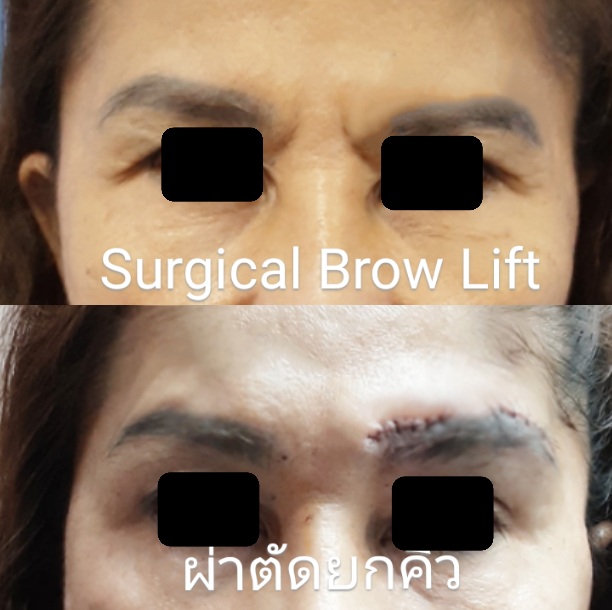
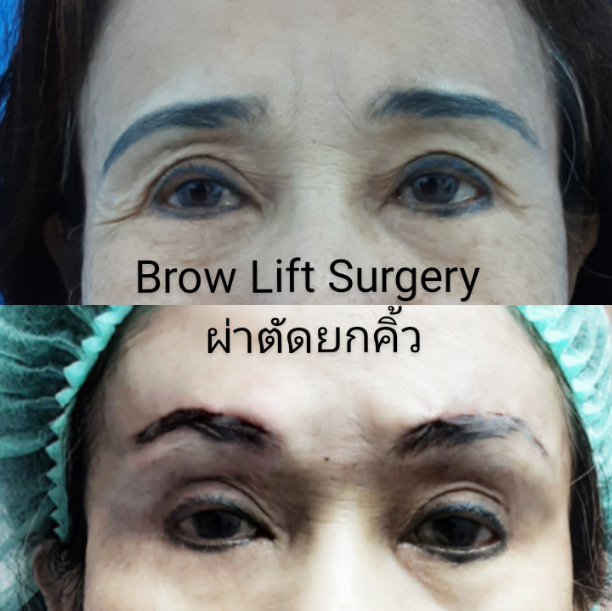
.png)
A facelift, or rhytidectomy, is a surgical procedure that improves visible signs of aging in the face and neck, such as:
- Relaxation of the skin of the face causing sagging
- Deepening of the fold lines between the nose and corner of the mouth
- Fat that has fallen or has disappeared
- Jowls developing in the cheeks and jaw
- Loose skin and excess fat of the neck that can appear as a double chin or "turkey neck"
Other procedures that might be performed in conjunction with a facelift are brow lift and eyelid surgery to rejuvenate aging eyes. Fat transfer or fillers may be suggested to replace the lost fatty volume.
Facelift risks, while rare, include:
- Anesthesia risks
- Bleeding and Hematoma
- Infection
- Poor wound healing and skin loss
- Facial nerve injury with weakness
- Temporary or permanent hair loss at the incisions
- Fluid accumulation
- Numbness or other changes in skin sensation
- Persistent pain
- Unfavorable scarring at front and back of ears
- Prolonged swelling
- Skin irregularities and discoloration
- Sutures may spontaneously surface through the skin, become visible or produce irritation that require removal
- Unsatisfactory results may include: asymmetry, unsatisfactory surgical scar location and unacceptable visible deformities at the ends of the incisions. (It may be necessary to perform an additional surgery to improve your results)
[Surgery information]
Prices: Deep-plane mid- and lower face 80,000 THB, Face and Neck lift 100,000 THB Temporal Brow lift 40,000 THB Endotine Forehead and brow lift 90,000-120,000 THB
Anesthesia: Intravenous Sedative Injection plus Tumescent Anesthesia
Duration: about 3 hours
Hospitalization: Not necessary. A bandage is wrapped around lateral sides of face for 12 hrs after the operation to prevent bleeding and hematoma.
Stitch removal: Not necessary (because absorbable stitches are used)
Recovery time: Return to work in 1-week time and daily activity and water exposure after 3 days
Swelling: Major swellings and bruising at lateral face will go down within 2 weeks.